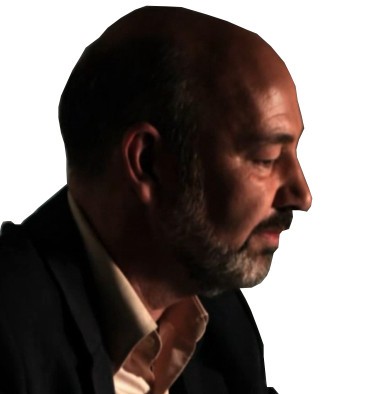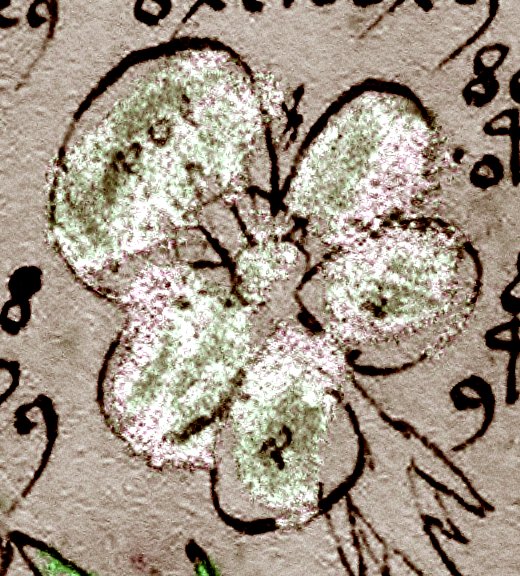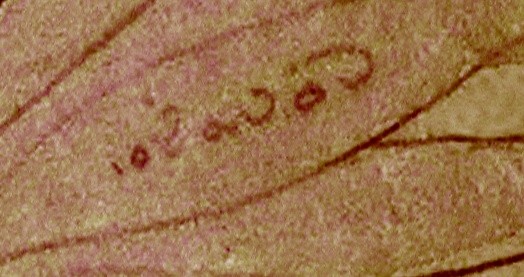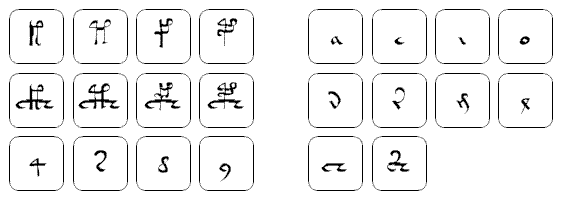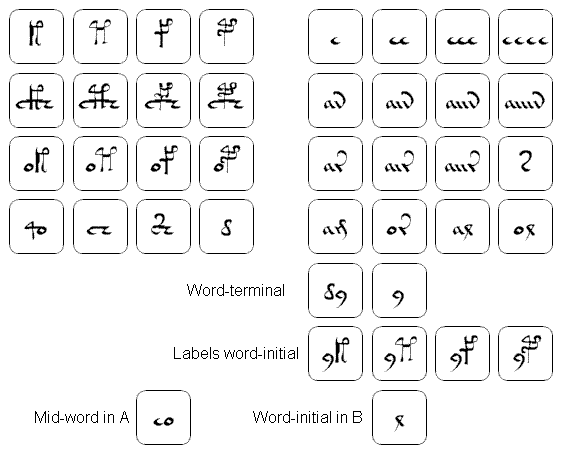A big tip of the hat to Rafal Prinke: thanks to a swift reply from him last night, I can now say definitively that “The True Path of Alchemy” is not the VMs (confirming Rene’s suspicion), because both still exist independently. And the romanticized 1904 mention of the former by Henry Carrington Bolton that quickened my historical pulse yesterday with its uncanny resemblance to the VMs was, shall we say, rather less than 100% accurate. All the same, the affair is not completely closed just yet…
The manuscript of “The True Path of Alchemy” currently lives in the National Museum Library in Prague (though it doesn’t appear in any of their online catalogues). The first person to write about it in any detail was Otakar Zachar, whose 112-page 1899 monograph “Mistra Antonia z Florencie Cesta spravedlivá v alchymii” is available online (you can download it as a set of six 20-page PDFs). As an aside, “Otakar” was the name of Rudolph II’s pet lion, whose death in 1612 was (reputedly) seen as a portent of Rudolph’s own death later that year. Just so you know! 🙂
Zachar’s monograph contains (facing p.47) only one rather underwhelming scan of the original manuscript’s text: click on the following cropped & enhanced thumbnail to see a larger version:-

“The True Path of Alchemy” f22v and f23r
Unless I’m hugely mistaken (no laughing at the back), the True Path appears to be written not in Italian or Latin but in Czech / Bohemian in an apparently 15th century hand, with the folio numbering in a standard 16th century hand.
Zachar also includes (facing his page 24) an image of a flask with a crown, which unfortunately appears as a near-black page in the scan (though you can just about resurrect it using fairly heavy image enhancement):-
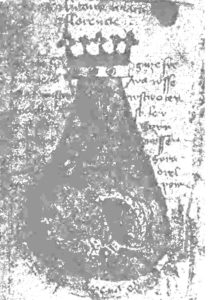
“The True Path of Alchemy”, flask with a crown
According to note 43 on this webpage, a more up-to-date article on the Ms by V Karpenko appeared in Ambix 37, 61 (1990), which I shall try to read. Karpenko mentions that the ms contains 13 questions for telling whether an alchemist is false. Presumably #1 is: “does he/she claim to be an alchemist?” 🙂
As to attribution, one webpage I found seems to claim that the manuscript was actually written by Jan z Lazu (A.K.A. “Laznioro”, reputedly the first Czech alchemist) [the claim appears here as well]: but as my Czech extends no further than occasional words such as “rukopisu” (manuscript), I couldn’t say whether that relates to authorship, translation, or adaptation. Perhaps my Czech mate Hurychnioro will have a look and tell me how badly I’ve got it wrong. 🙂
I then went hunting for the MS reference in the scans of the National Museum Library’s card index, where Zachar’s book merits five cards (is that five copies? or five cross-references?): the card annotations mention “86 J 121”, “Schiller 294”, and “Zeyer 1977”. However, even though “86 J …” appears to be a plausible-looking shelfmark for the Knihovna národního muzea v Praze, searching for “86 J 121” in the Manuscriptorium returned no hits. Oh well!
Rene Zandbergen also very kindly sent over the GIFs absent from the voynich.nu site: unfortunately, there doesn’t seem to be any obvious mention of the “True Path” there. Really, to identify any manuscript in the Kunstkammer inventory (whether the True Path or even the Voynich Manuscript!), you’d need to know how it was bound (i.e. whether the cover was red or white leather etc) and what else was bound in with it. Zachar and/or Karpenko may well have included this information, of course, but I’ve yet to get quite that far. 🙁
And so… back to Bolton, where this all started.
If you compare the basic factuality with Bolton’s floridity, I think you’d have to conclude that the two don’t quite gel:-
- “1475” – should have been 1457 (d’oh!)
- “beautifully illuminated” – though there are some pictures and illuminated letters, from the poor quality of the handwriting I’d be fairly surprised if they were “beautiful” per se
- “rare” – given that it’s the only extant copy, perhaps we’ll give Bolton the benefit of the doubt on this one 🙂
- “couched in exceedingly obscure and mystical language” – the jury’s out, as Karpenko seems to gives the impression that the text is a touch more rational than most alchemical texts. All the same, an alchemy text that’s not exceedingly obscure is probably a fake, so perhaps this is just Bolton being tautologous. 🙂
- “library of Wresowitz” – Rafal Prinke highlights a good-sized 1855 article on Czech alchemy by Ferdinand Mikovec in the periodical “Lumir”, which says that Vaclav Vresovec z Vresovic (d. 1583) bequeathed his library (containing various alchemical mss) to the town council of Mala Strana in Prague. However, even though linking “The True Path” to this collection would be a good guess, I saw no mention at all of Counsellor VVzV in Zachar’s monograph, so I’m a little skeptical…
- “high price” – without any textual source, this may well be another Boltonian ’embellishment’, let’s say. 🙂
Despite my obvious disappointment that the True Path hasn’t turned out to be an early sighting of the Voynich Manuscript, I remain optimistic that it might yet turn out to be linked with Filarete. For example, 1457 is a perfect match for when the Florentine claimed to have been collecting and writing his little books of secrets in his (ample) spare time. It may well be that nobody to date has thought to examine “The True Path of Alchemy” specifically with a Filarete hypothesis in mind – might there be some textual ‘tell’ hidden in there? There’s only one way to find out…
Finally, Zachar includes (pp.91-95) a decent chunk of Latin taken from Knihovna Národního muzea v Praze MS III H 11 that relates to this manuscript. Thanks to the online magic of Manuscriptorium, I can see that these Observationes quaedam circa suprascriptum processum Bohemicum appear on pages 129r to 153r, and that they were written at the beginning of the 17th century (the text specifically mentions “1606”). Later on I’ll ask Philip Neal if there’s anything hugely interesting there – though the chances are quite small, you never know until you look!
